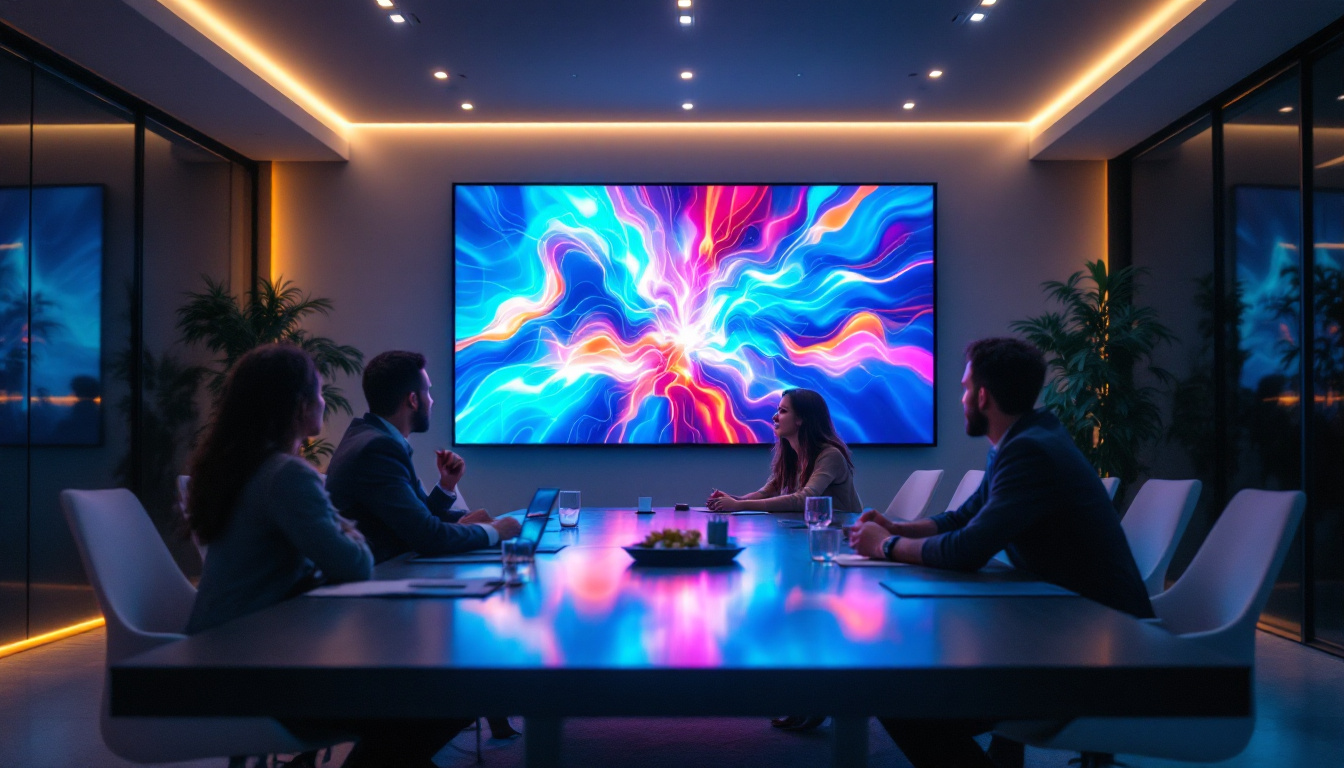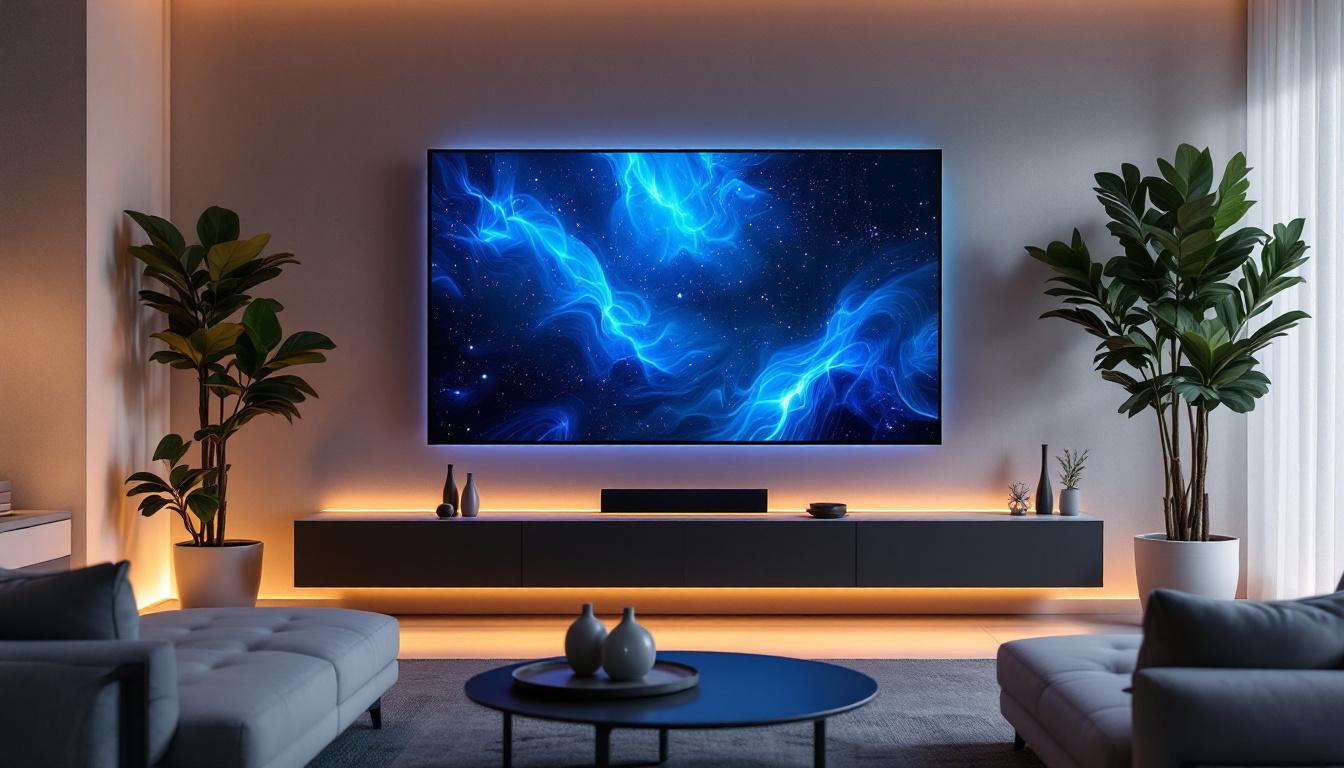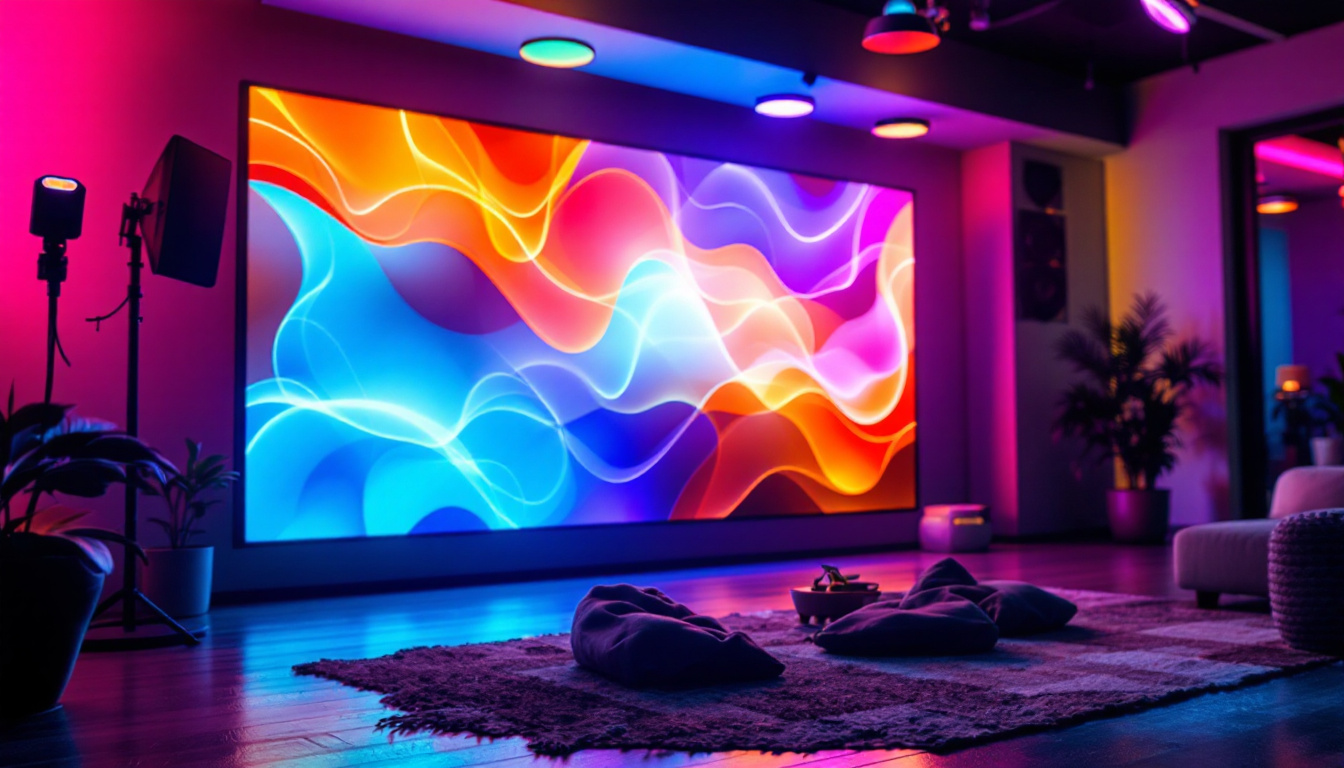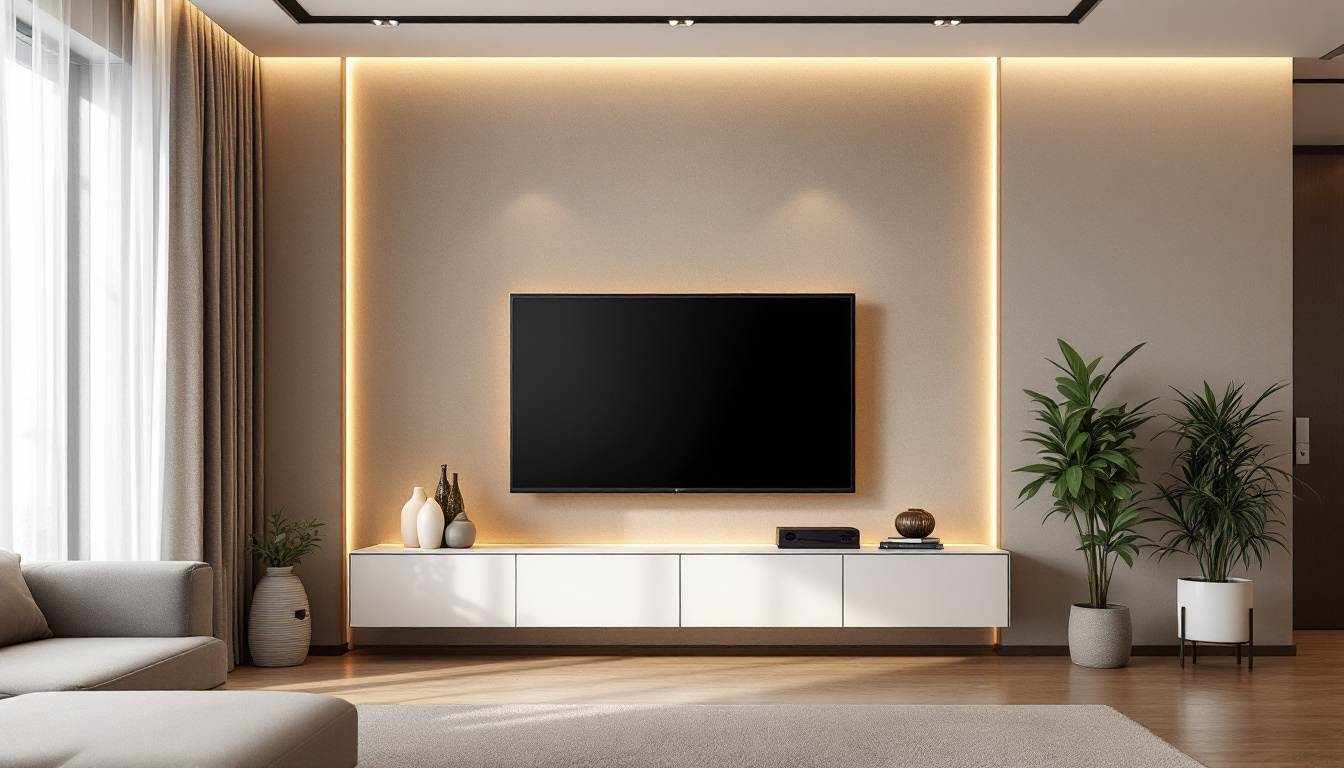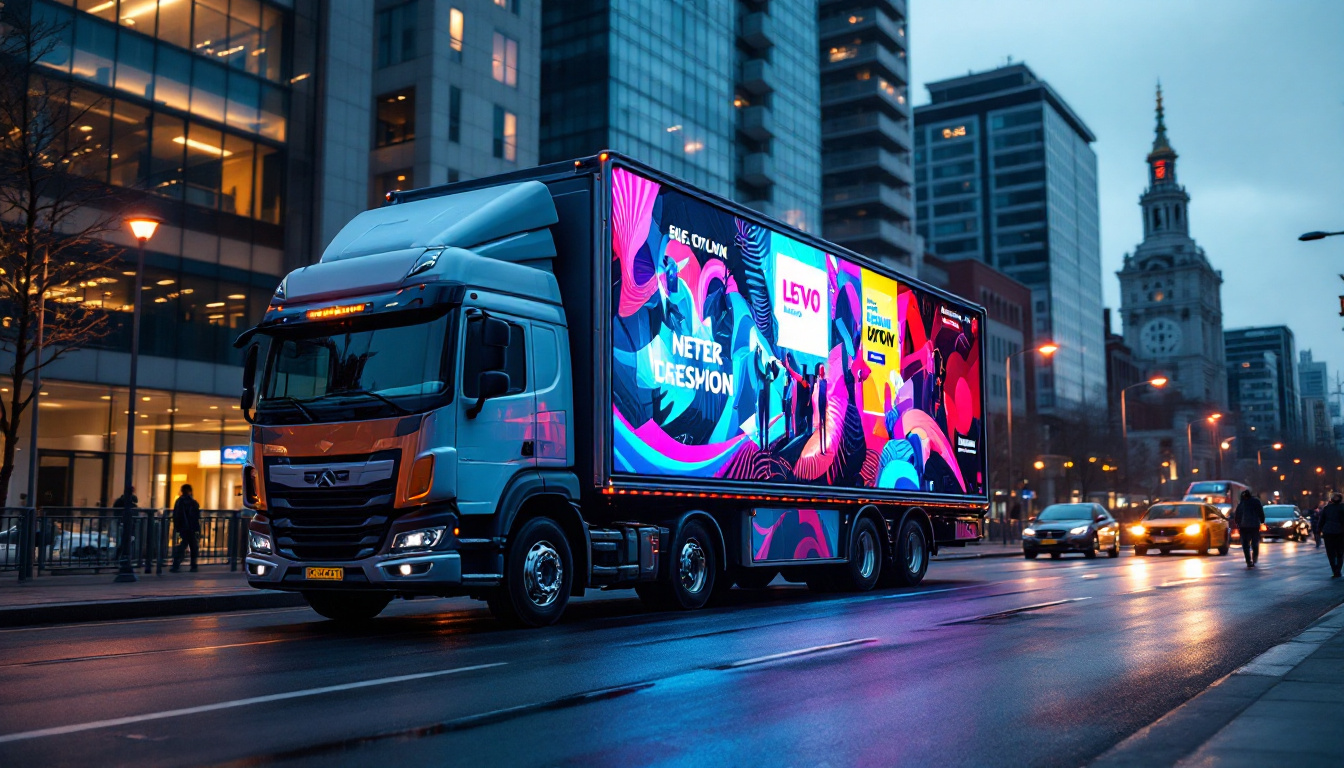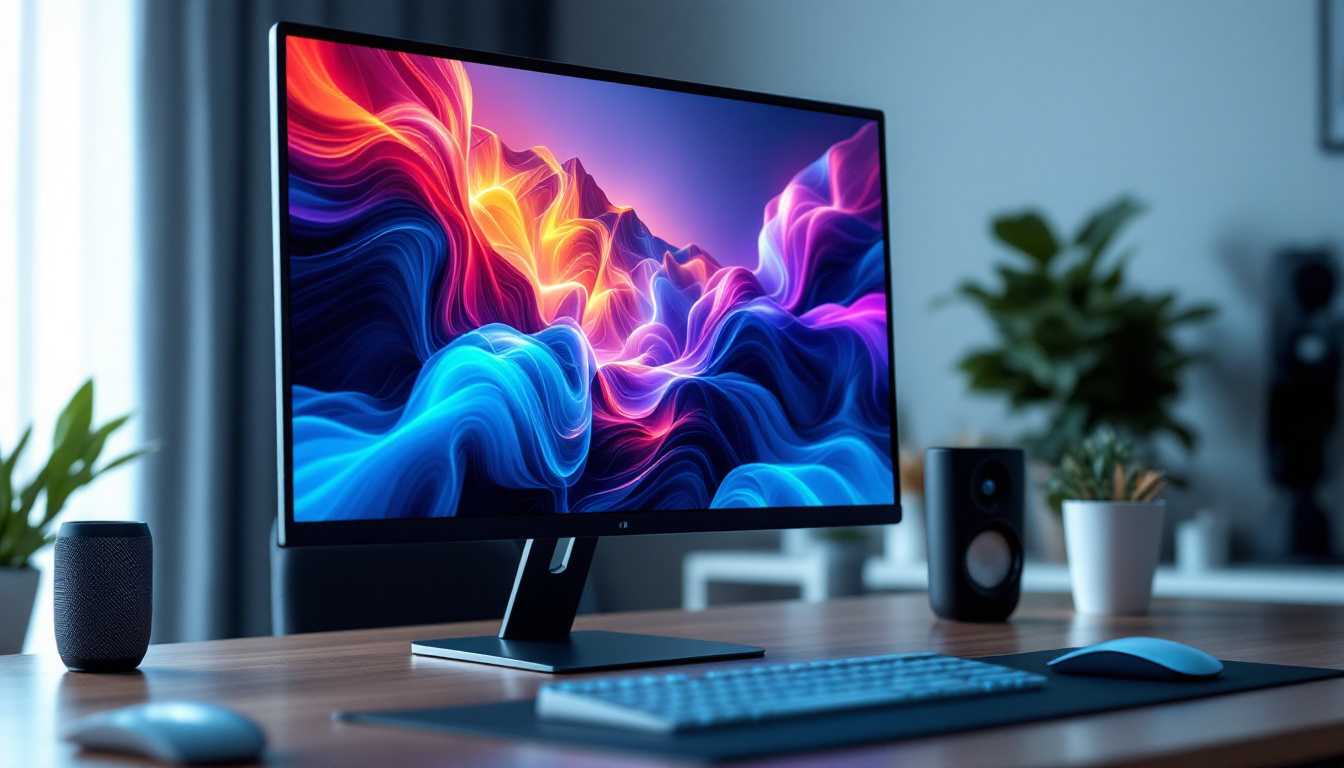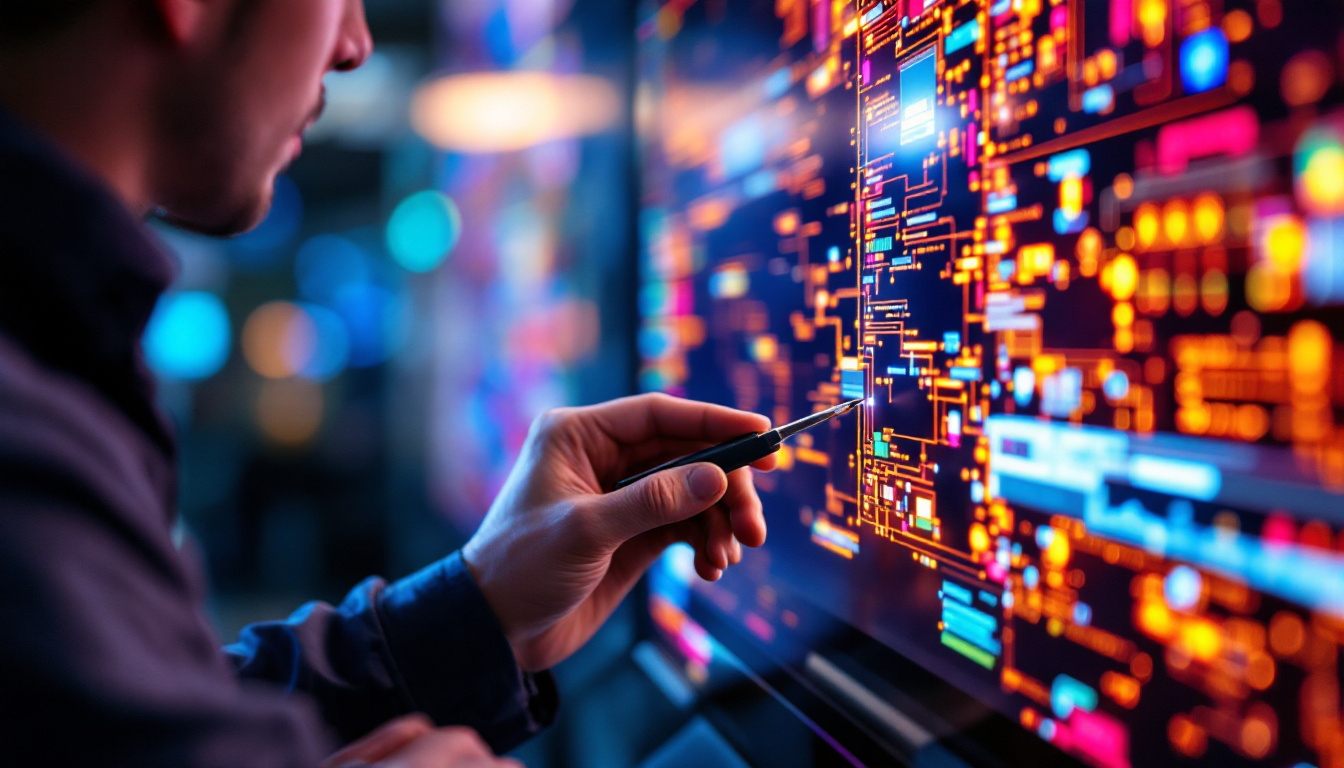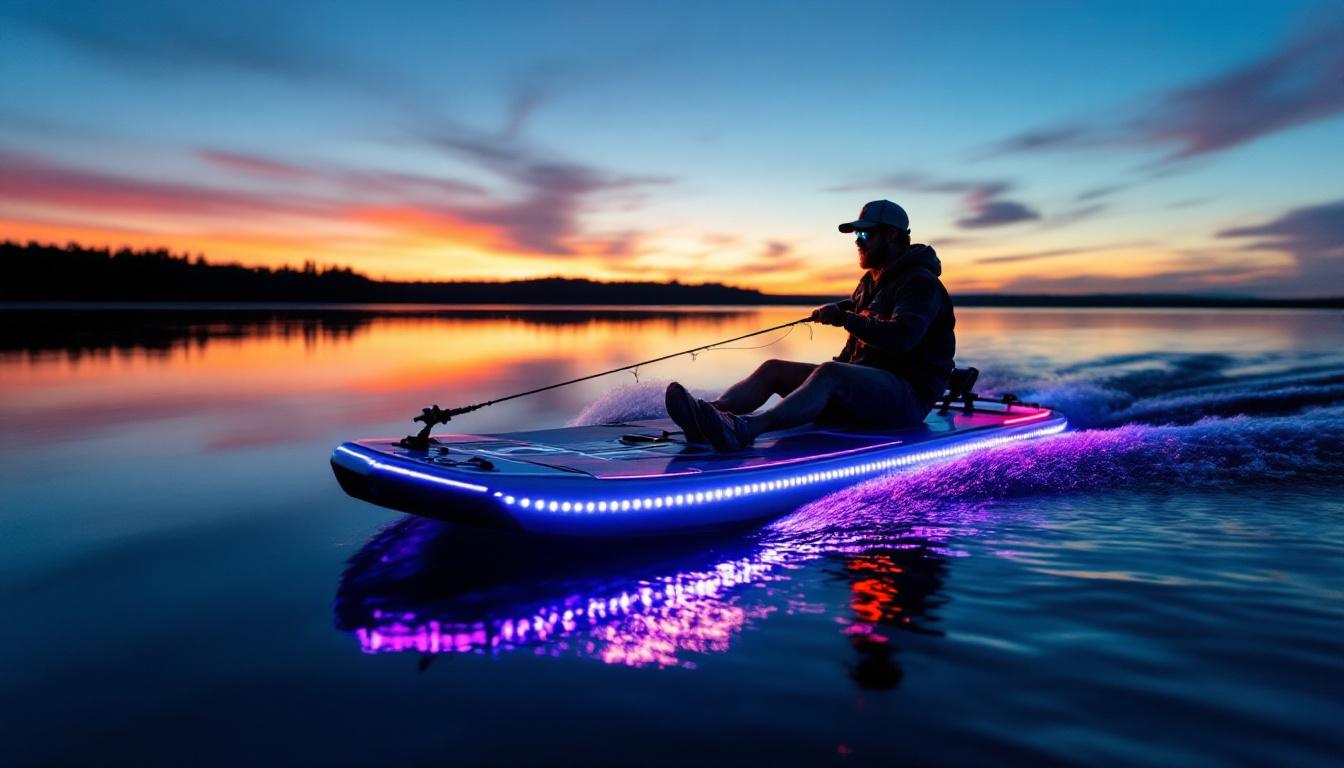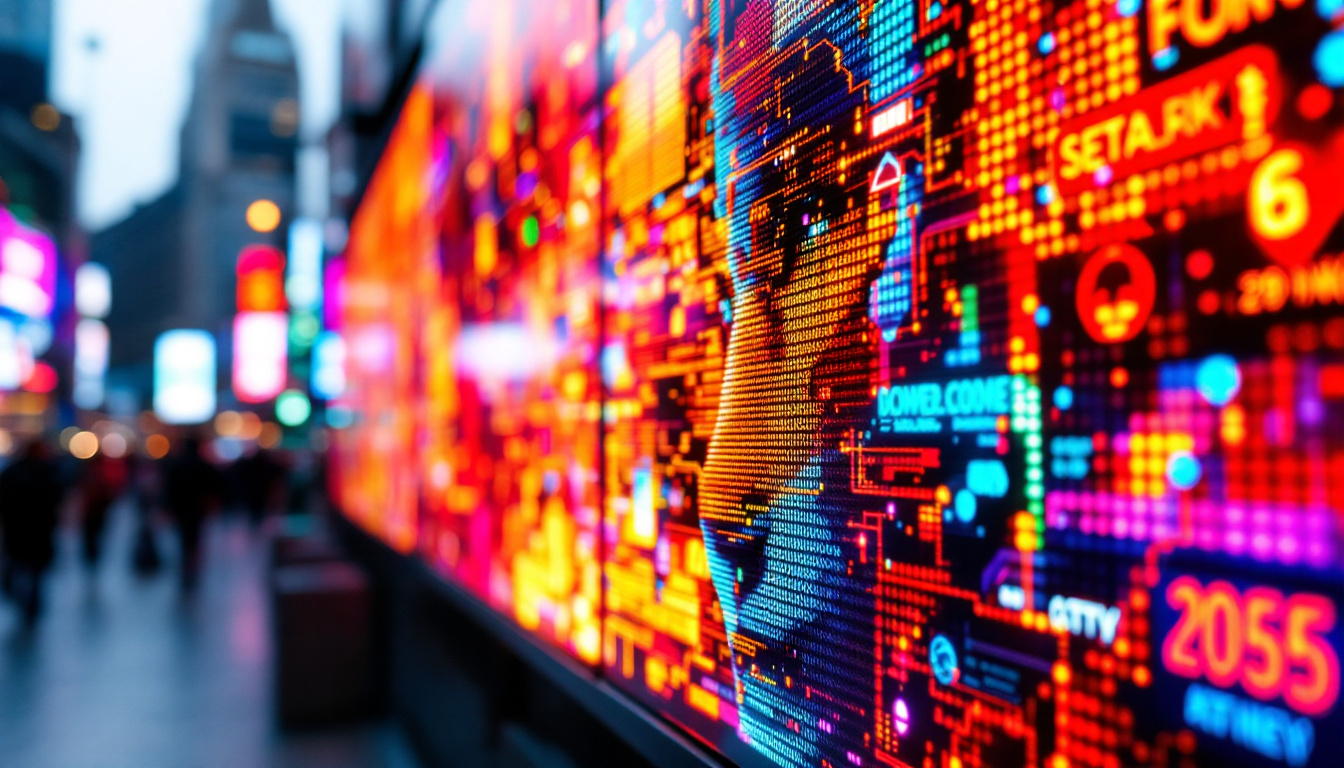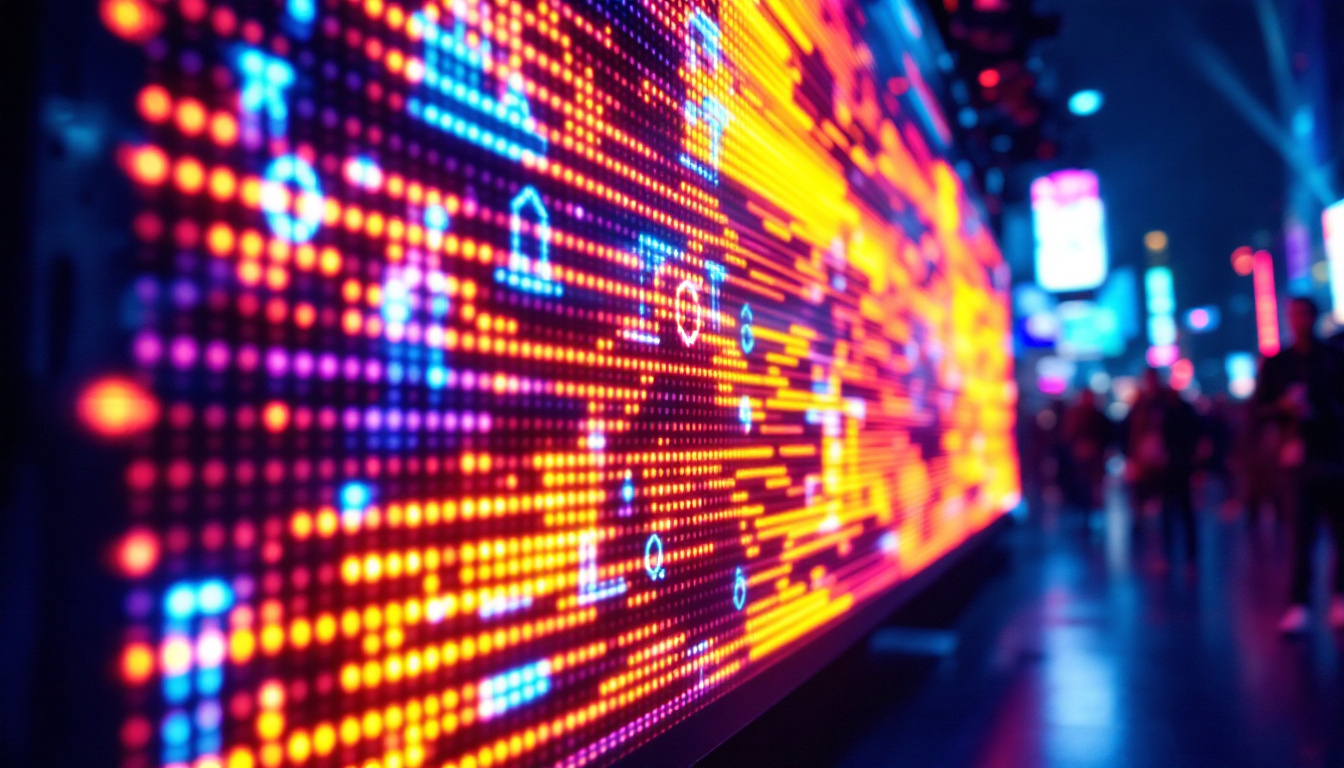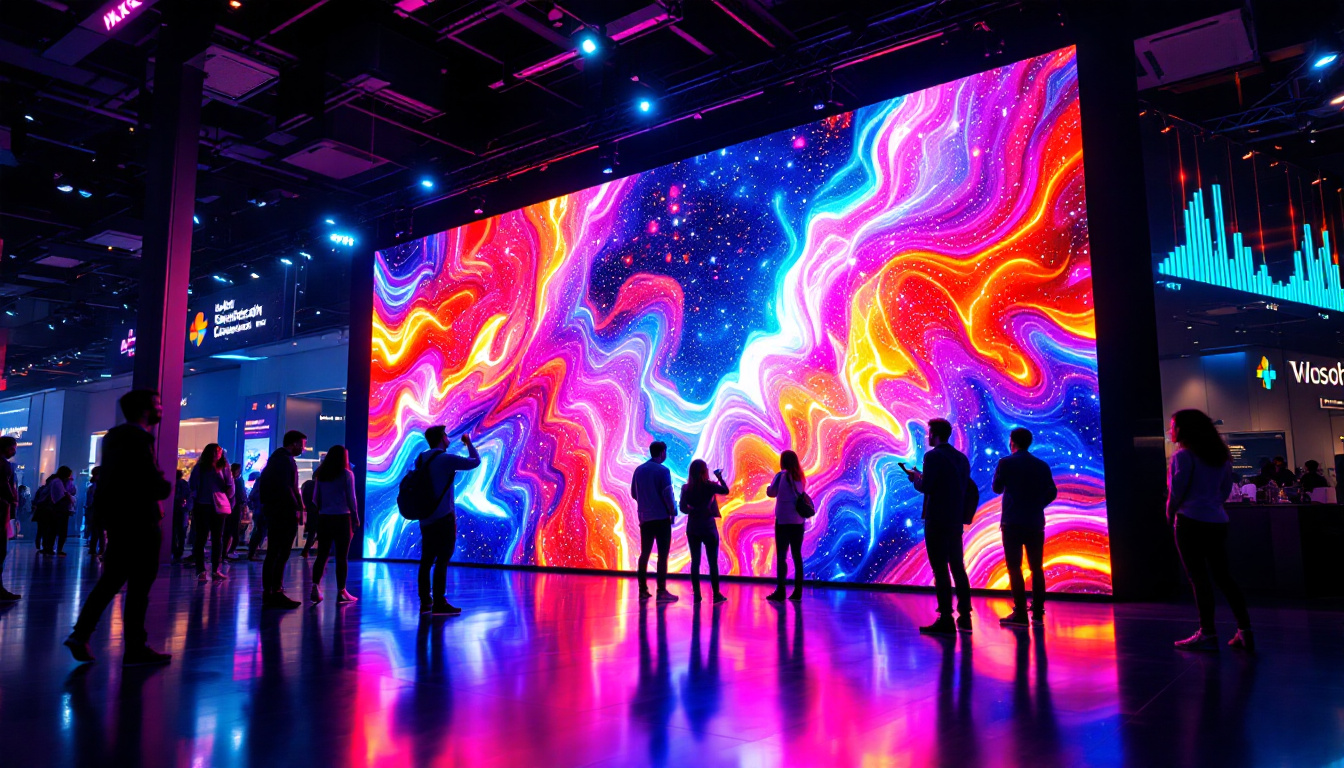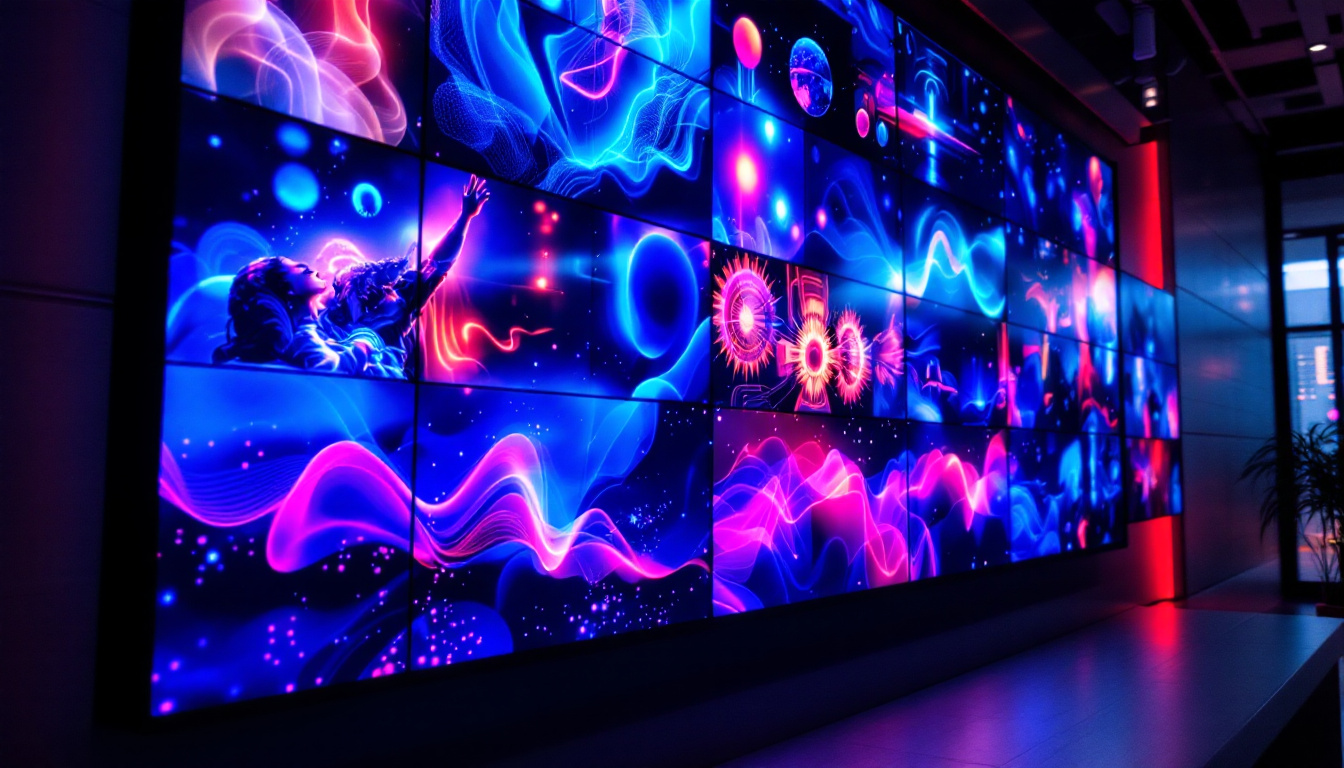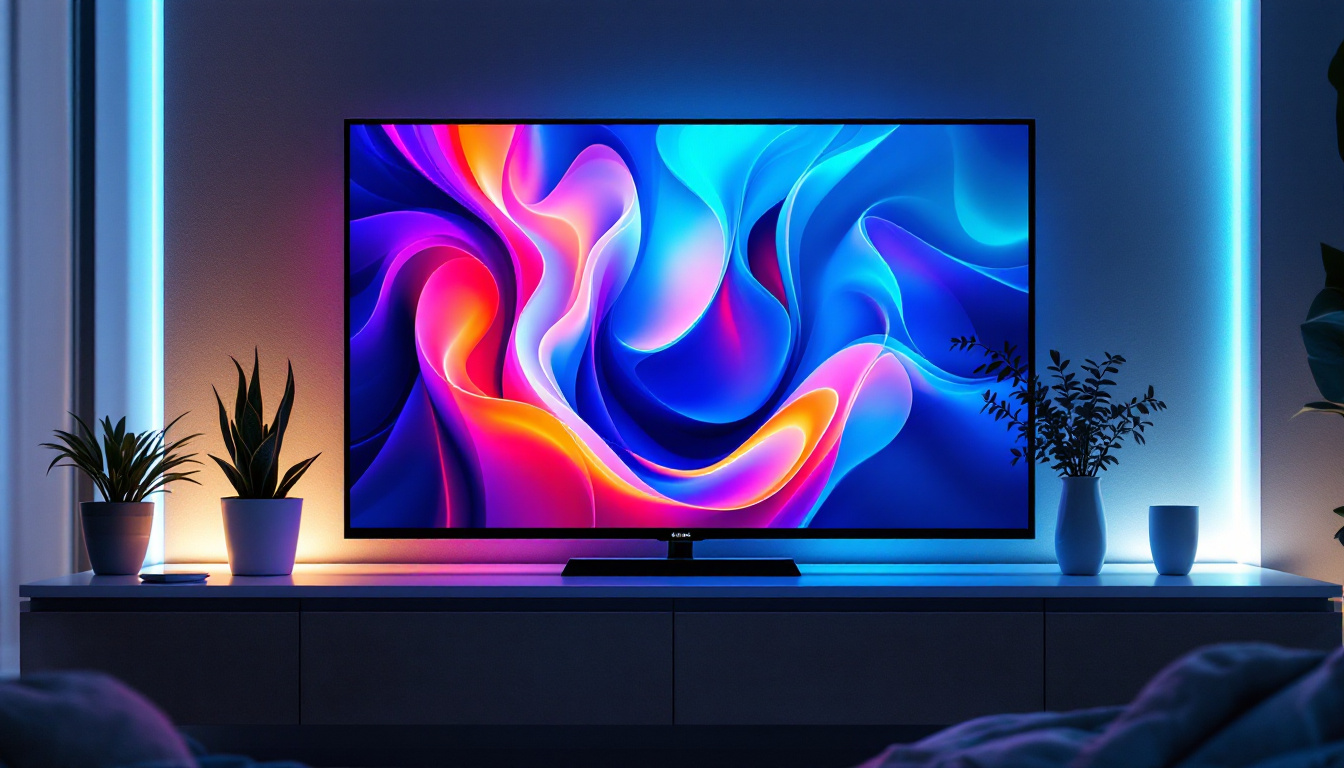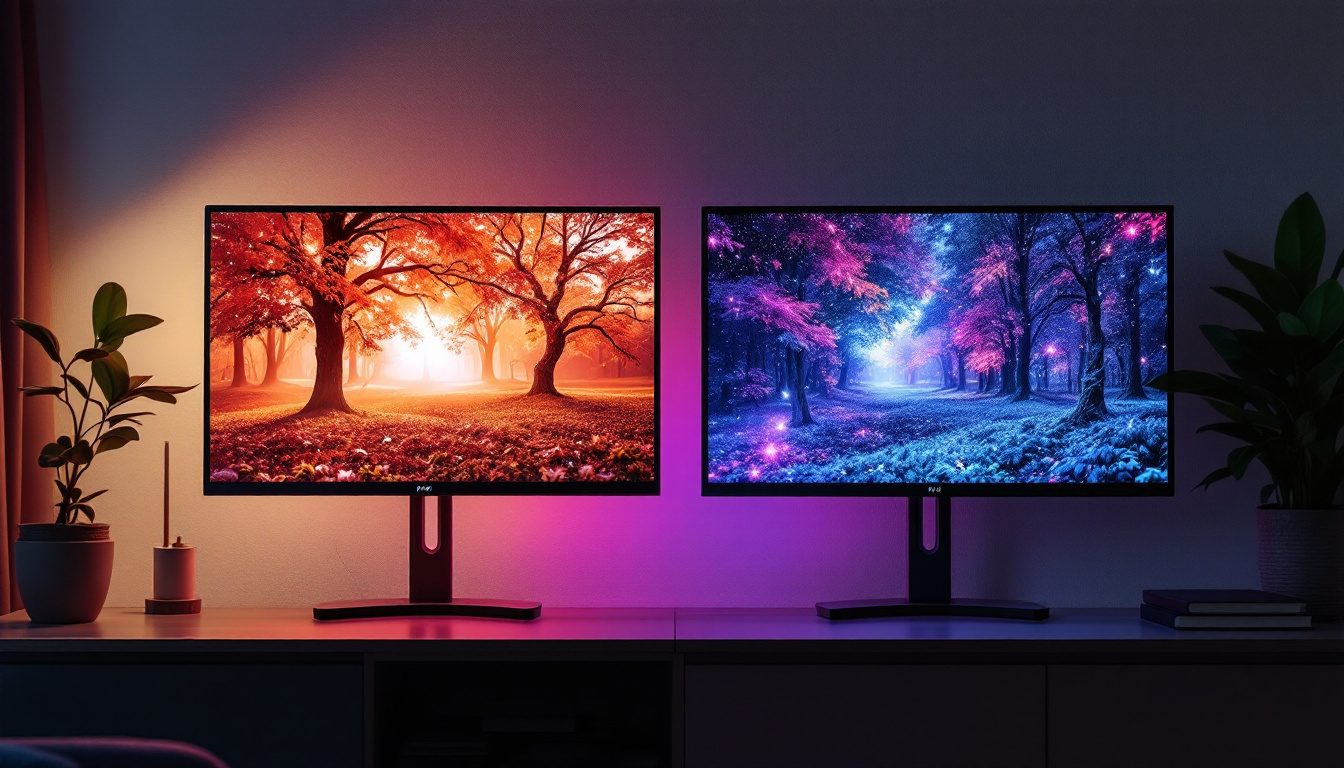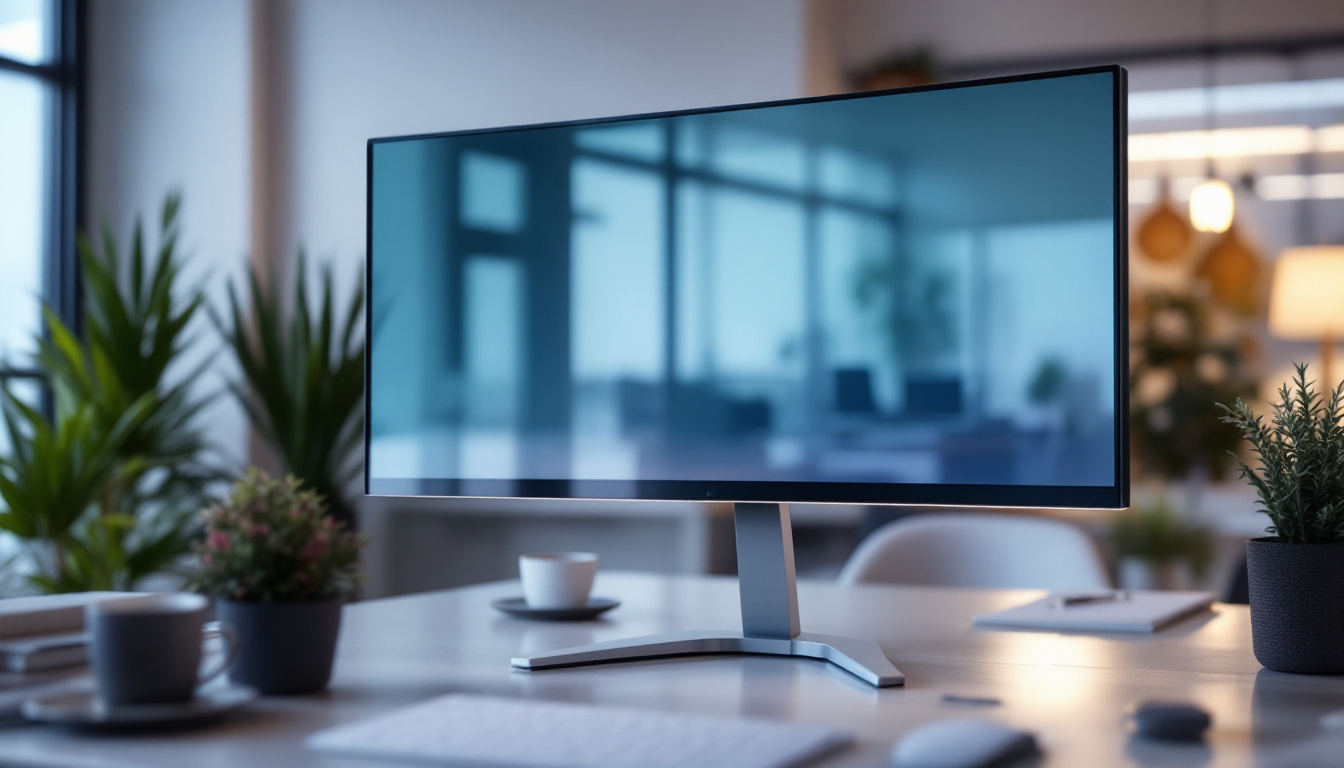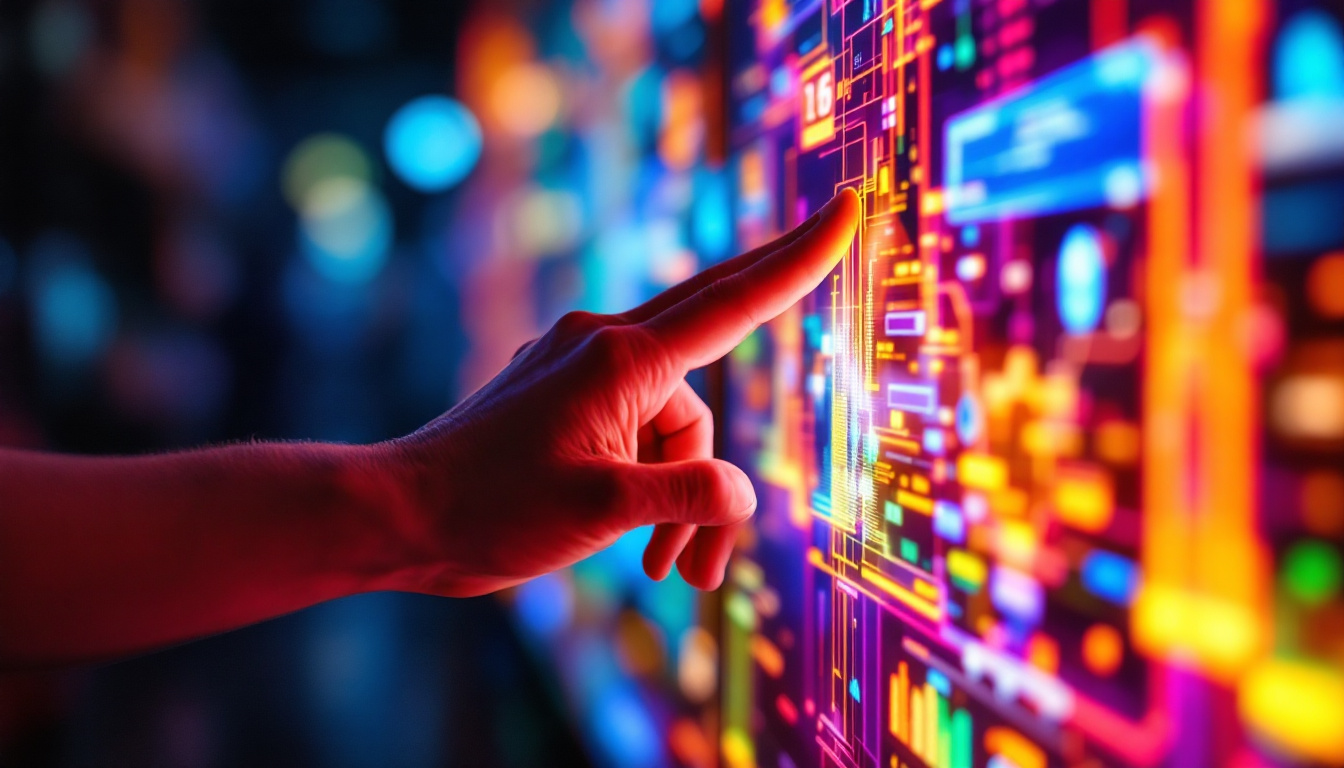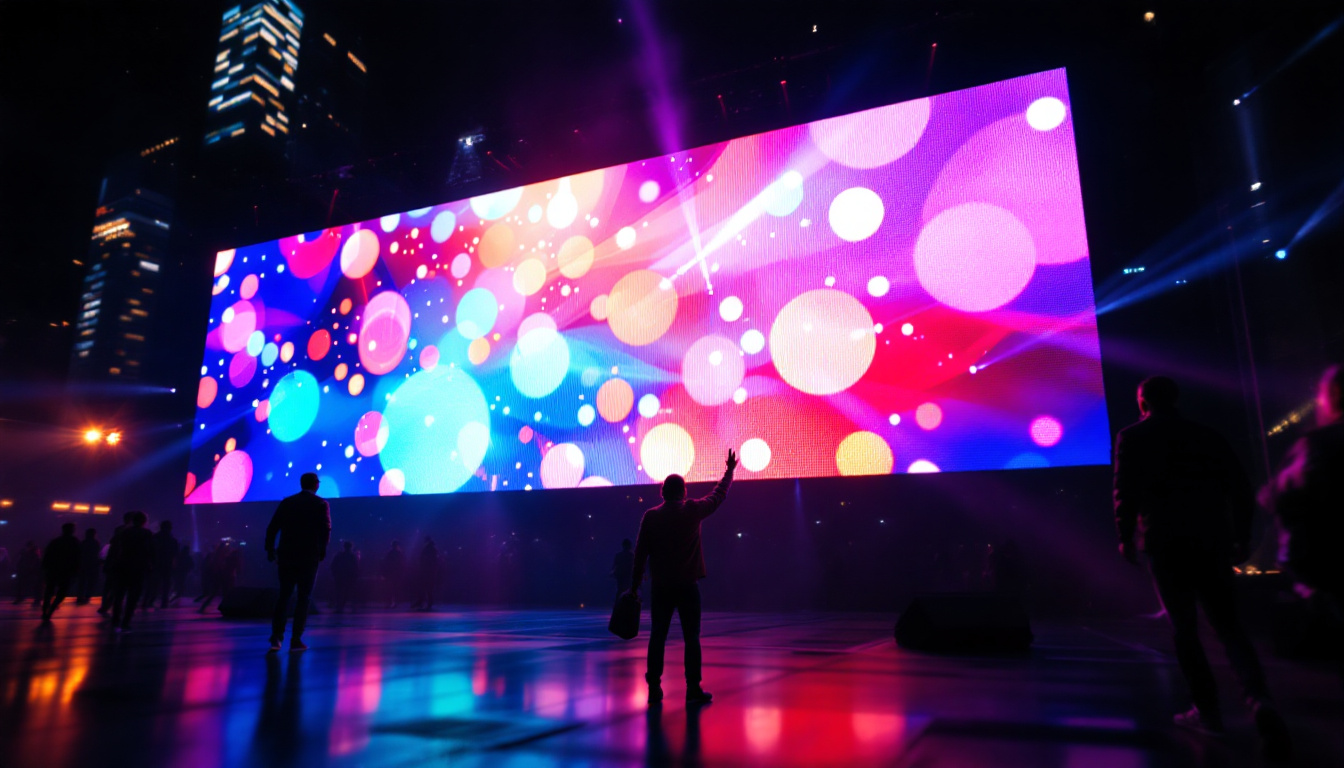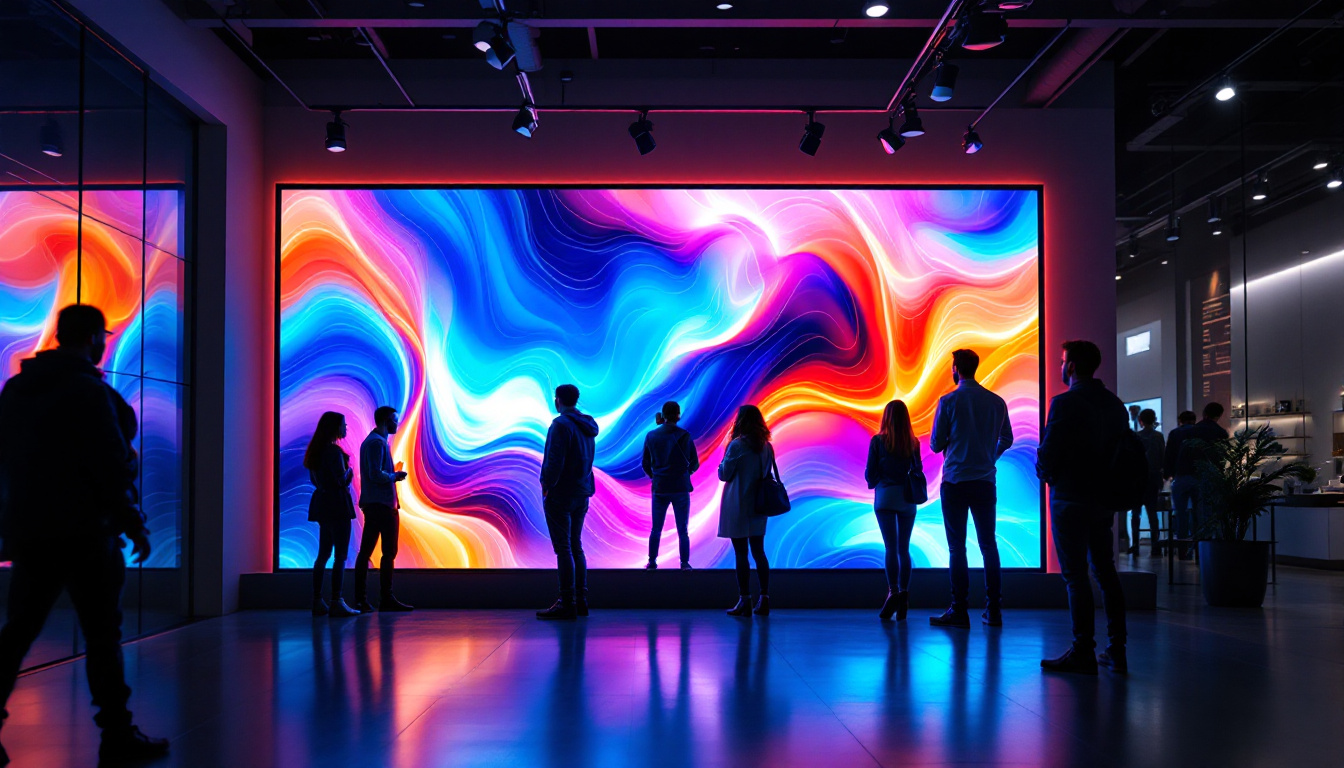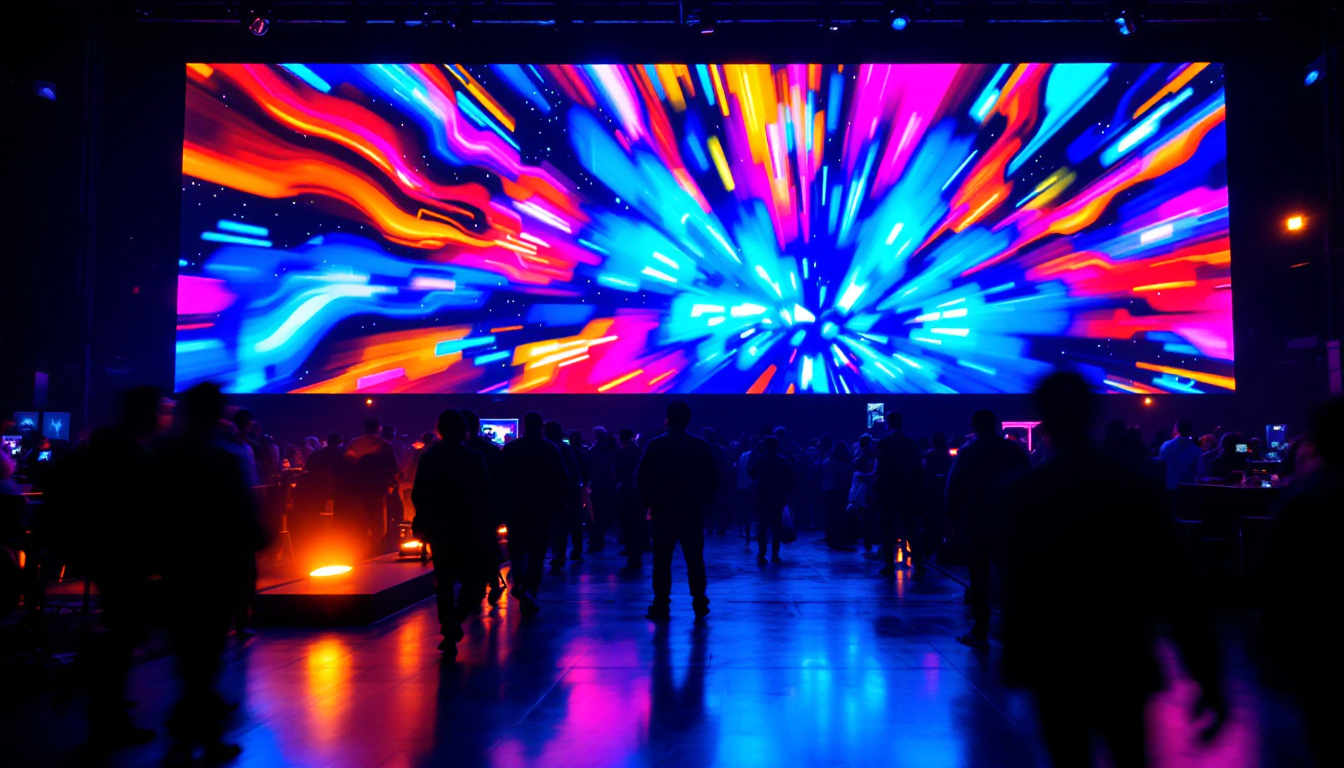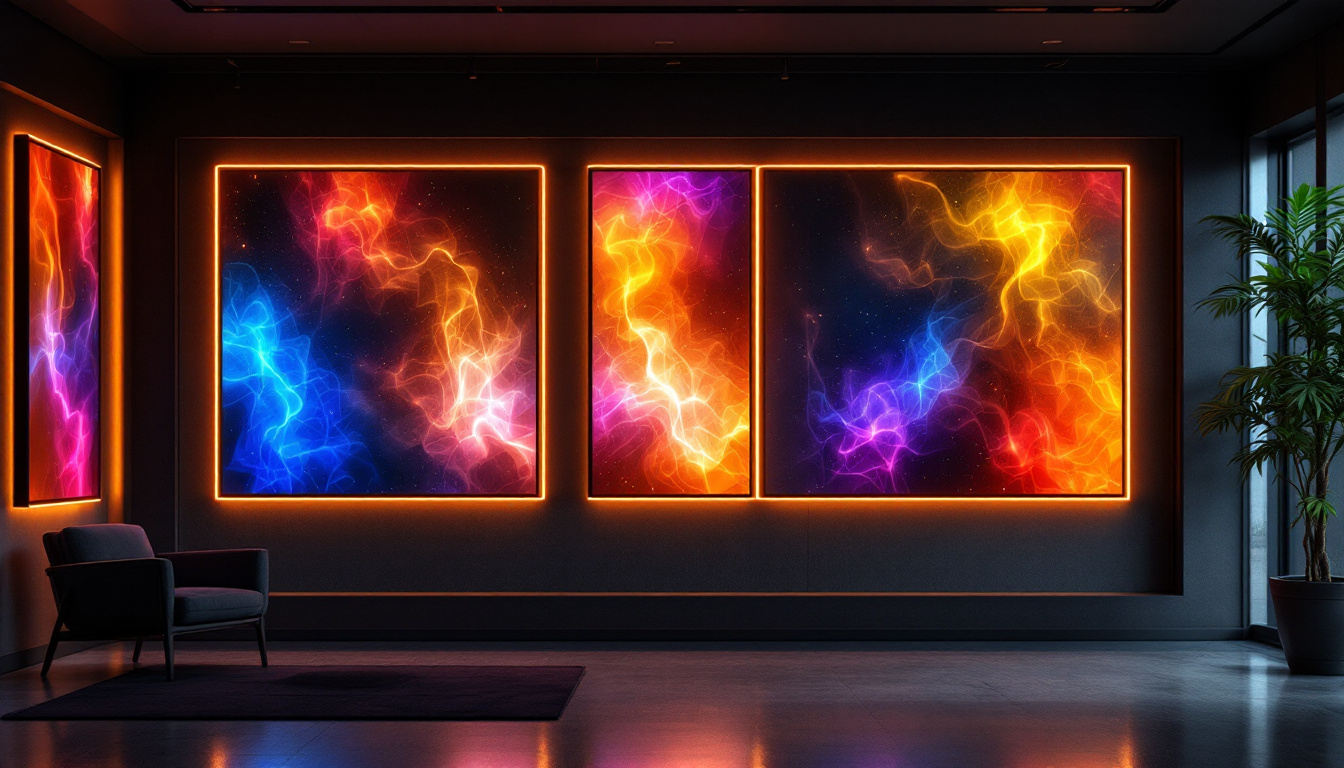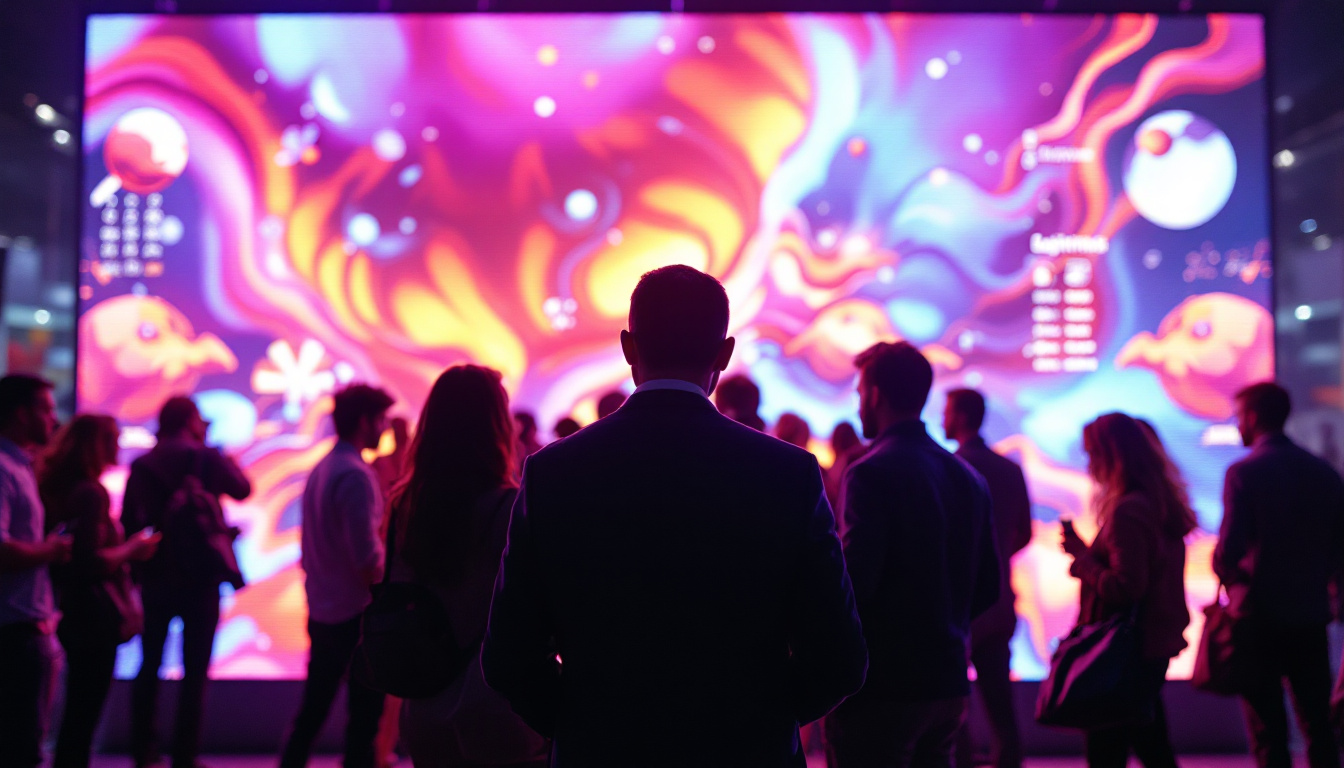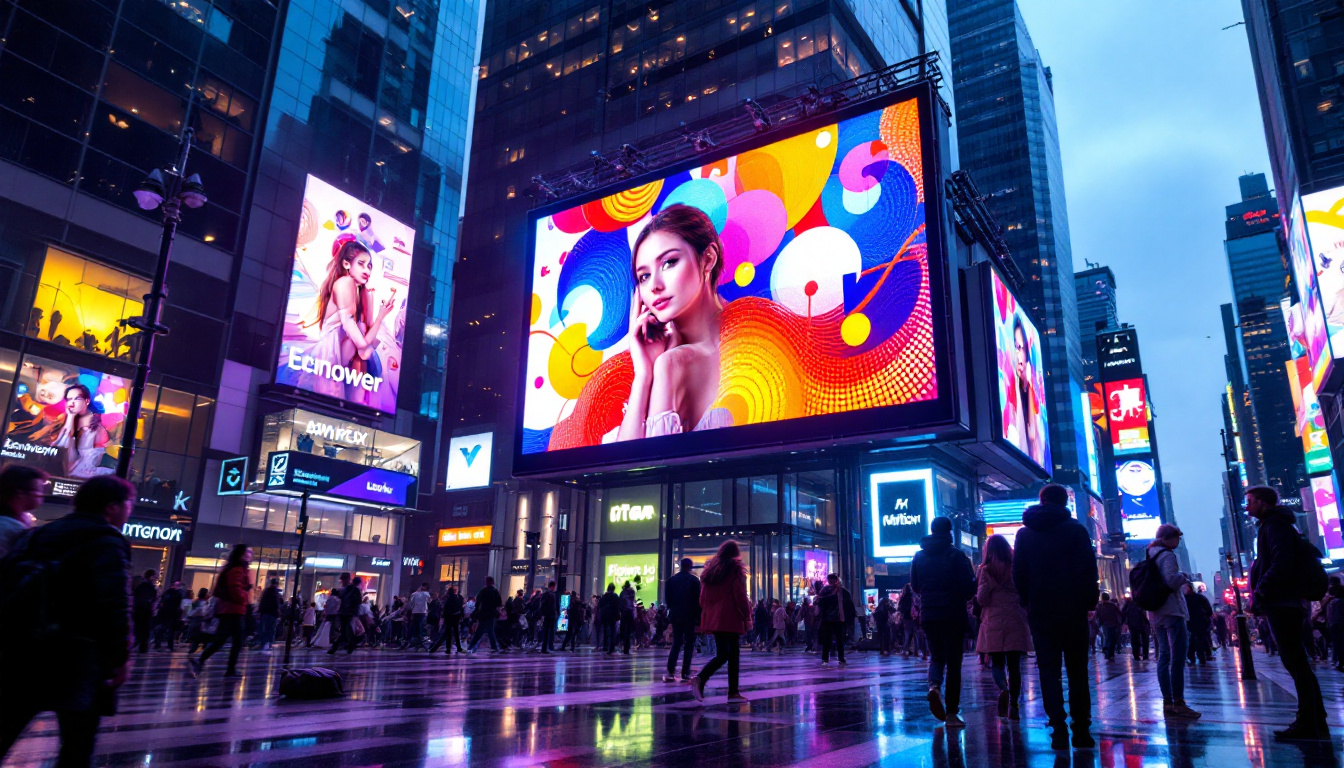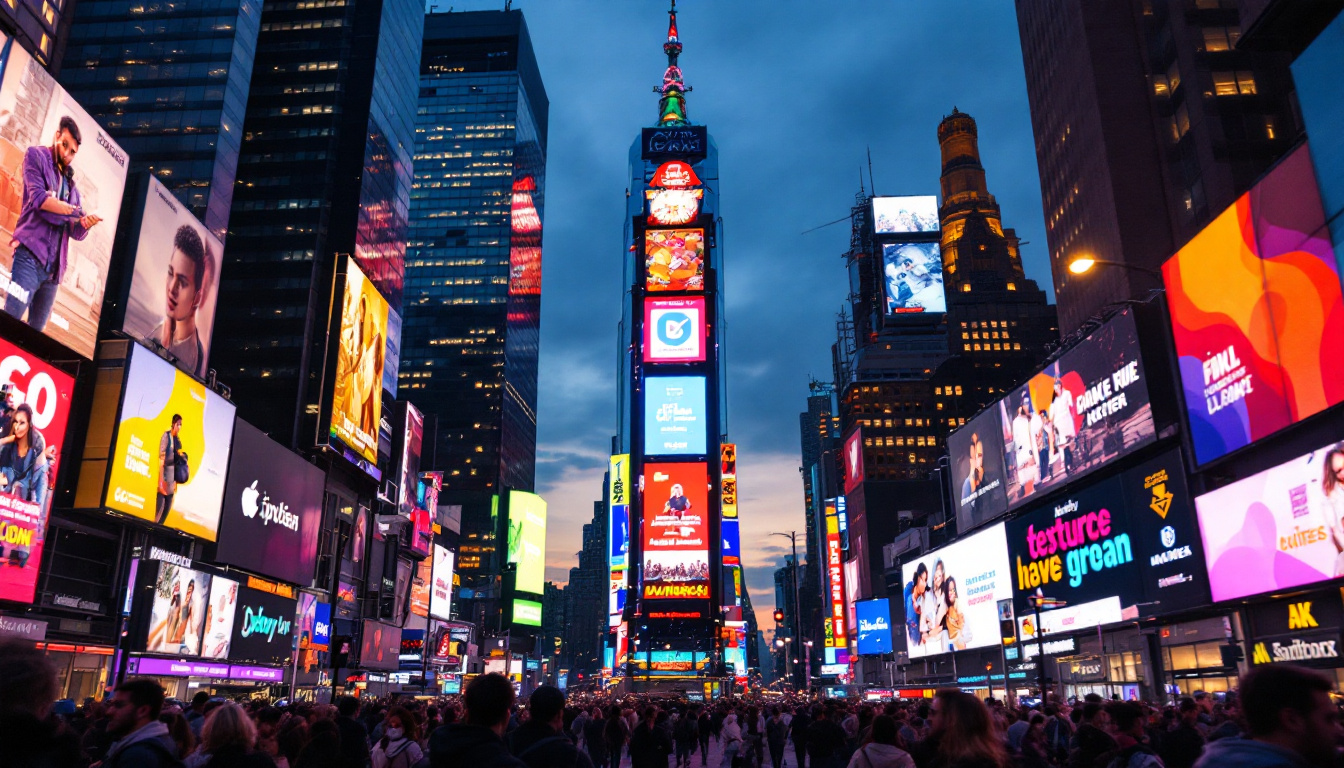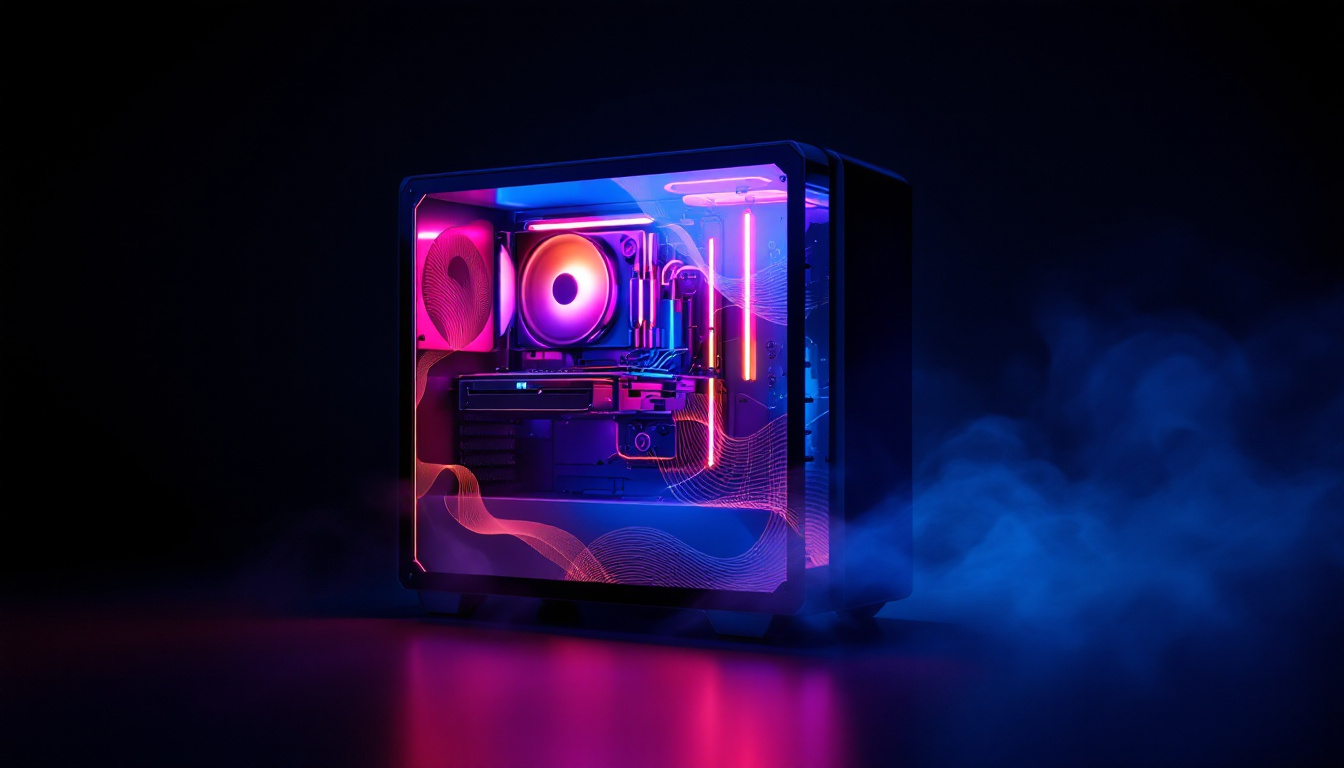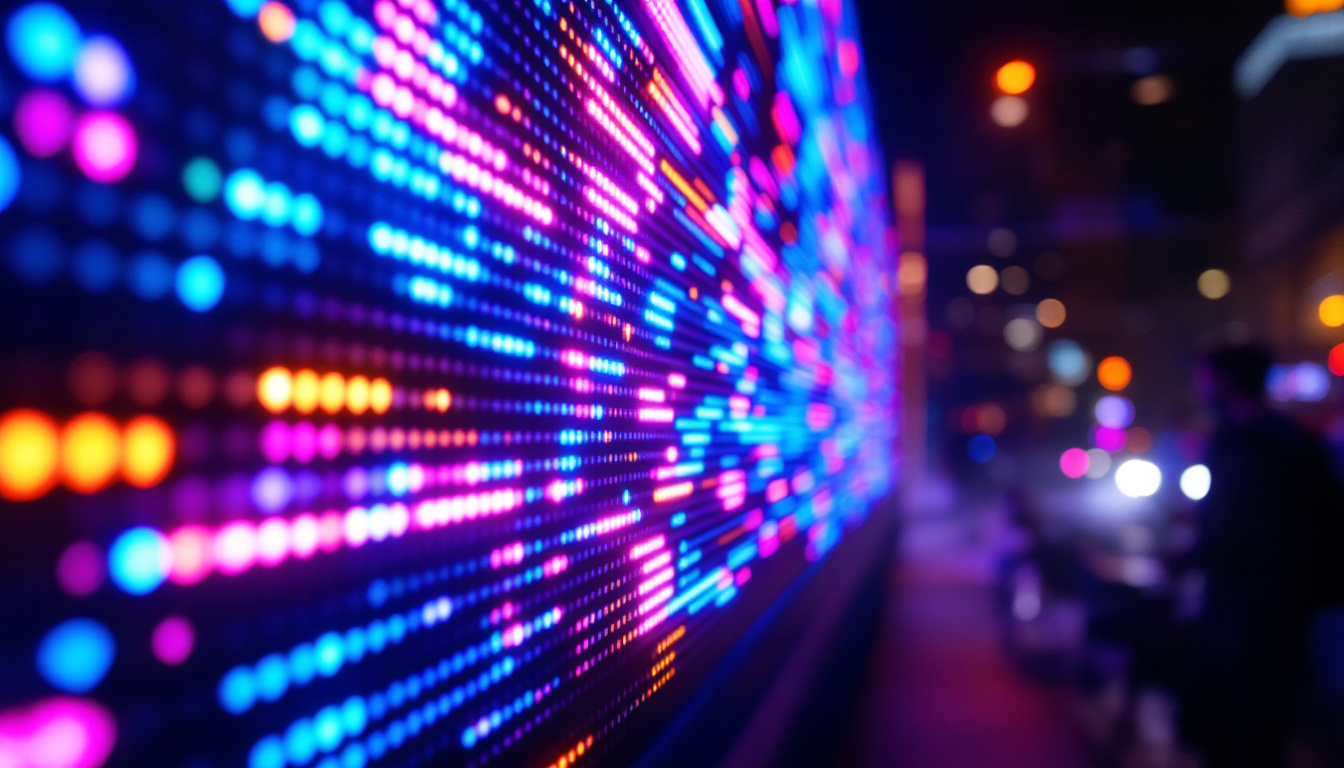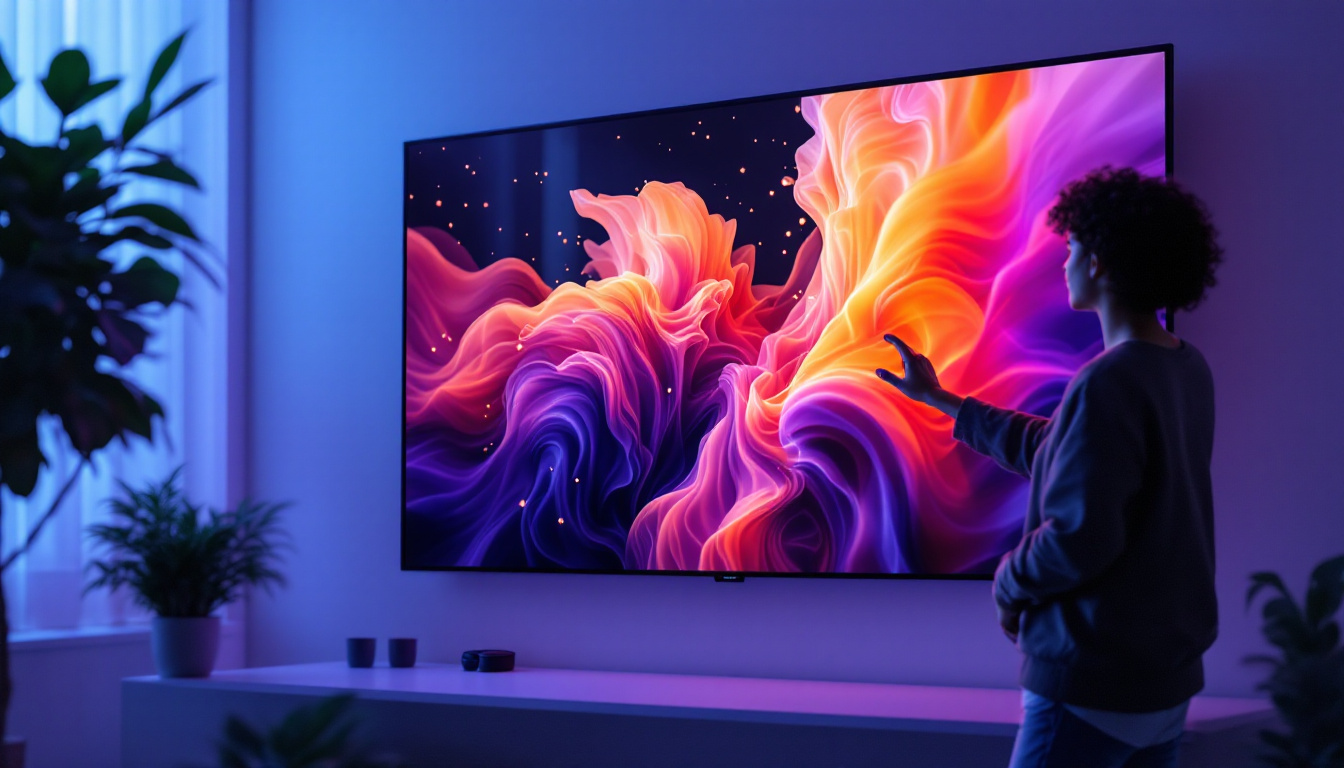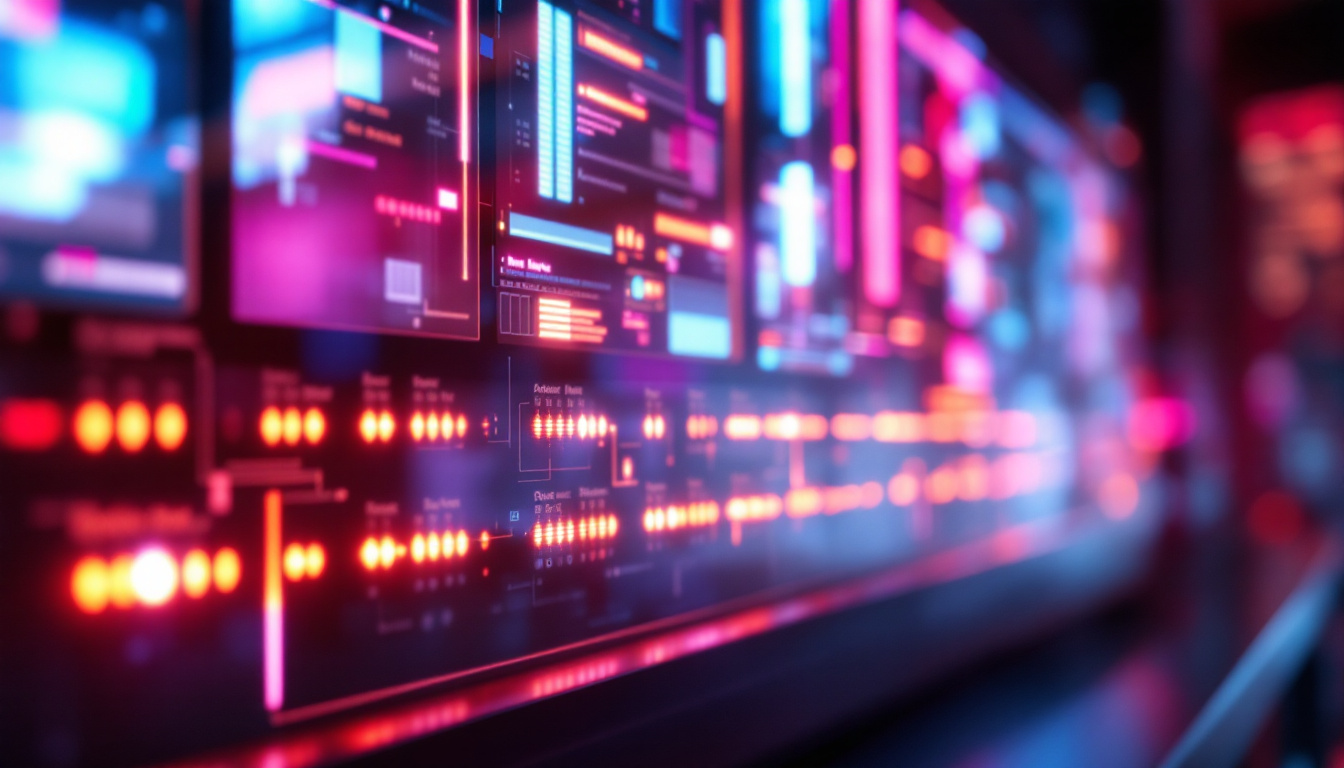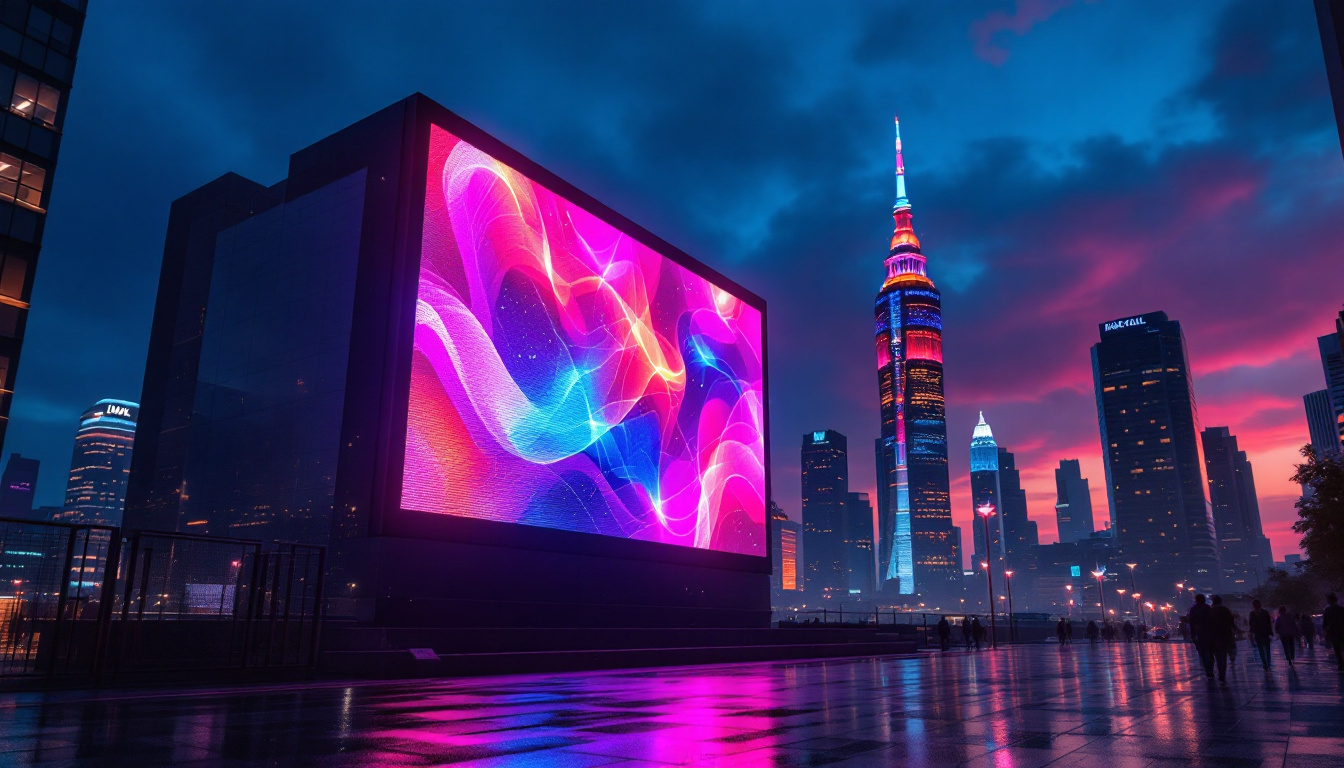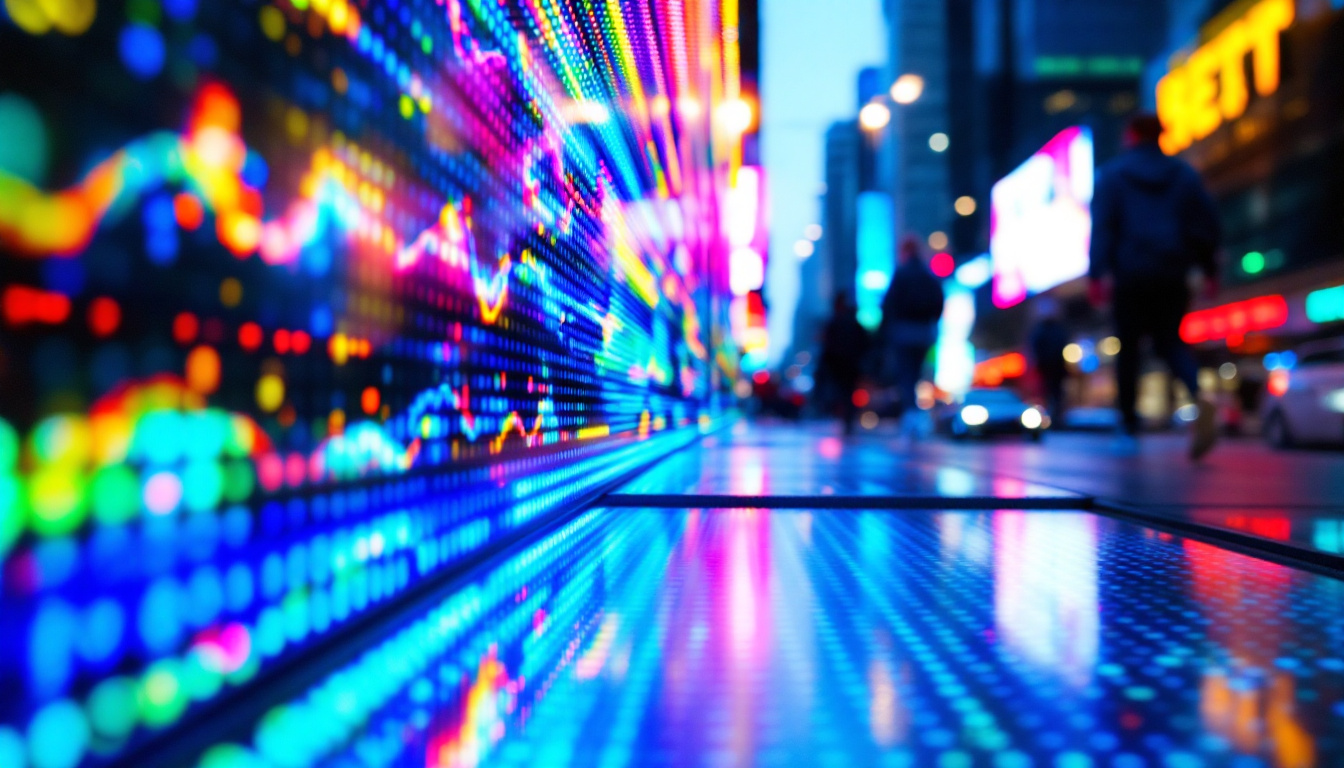In today’s fast-paced business environment, effective communication is paramount. Conference rooms are often the epicenter of collaboration, where ideas are shared, strategies are devised, and decisions are made. One of the most significant advancements in conference room technology is the integration of LED displays. This article delves into the importance of LED displays in conference room spaces, their benefits, and how they can enhance the overall meeting experience.
Understanding LED Displays
LED (Light Emitting Diode) displays have revolutionized the way visual information is presented in conference rooms. Unlike traditional projection systems, LED displays offer superior brightness, clarity, and color accuracy, making them ideal for various presentations and collaborative tasks. This advancement in display technology not only enhances the viewing experience but also facilitates better engagement among participants, allowing for more effective communication and collaboration during meetings.
What Are LED Displays?
LED displays are screens that use light-emitting diodes to produce images and videos. These displays can vary in size, from small monitors to large video walls, and are used in various settings, including corporate offices, educational institutions, and public spaces. The technology behind LED displays allows for high-resolution images and vibrant colors, ensuring that every detail is visible to all participants in a meeting. Additionally, LED displays have a longer lifespan and lower energy consumption compared to traditional display technologies, making them a more sustainable choice for organizations looking to reduce their environmental footprint.
Types of LED Displays
There are several types of LED displays available on the market, each designed to meet specific needs. The most common types include:
- Direct View LED: These displays consist of individual LED modules that can be assembled to create large screens, perfect for video walls.
- LED-backlit LCD: This type of display uses LED lights to illuminate an LCD screen, offering improved brightness and energy efficiency compared to traditional LCDs.
- Flexible LED Displays: These innovative displays can be bent or shaped to fit unique spaces, making them ideal for creative installations.
In addition to these common types, there are also specialized LED displays designed for outdoor use, which are built to withstand various weather conditions while delivering bright and clear visuals even in direct sunlight. These outdoor displays are often used for advertising, public announcements, and event broadcasting, showcasing the versatility of LED technology. Furthermore, advancements in LED display technology continue to emerge, such as transparent LED screens that allow for unique visual effects and augmented reality applications, further expanding the possibilities for their use in modern environments.
Benefits of LED Displays in Conference Rooms
Integrating LED displays into conference room spaces brings numerous advantages that can significantly enhance the meeting experience. From improved visibility to increased engagement, these displays are becoming essential tools for modern businesses.
Enhanced Visual Clarity
One of the most significant benefits of LED displays is their enhanced visual clarity. With high resolution and bright colors, these displays ensure that every participant can see the content clearly, regardless of their position in the room. This is especially crucial during presentations where detailed information, such as graphs or charts, needs to be conveyed effectively. Furthermore, LED displays often come equipped with anti-glare technology, which minimizes reflections and distractions, allowing for a more focused viewing experience. This clarity not only aids in comprehension but also helps maintain the audience’s attention, leading to more productive meetings.
Improved Collaboration
LED displays facilitate better collaboration among team members. With the ability to share screens, display documents, and showcase multimedia content, participants can engage more actively in discussions. This interactivity fosters a collaborative environment, encouraging everyone to contribute ideas and feedback. Additionally, many LED displays support wireless connectivity, allowing team members to connect their devices seamlessly. This feature eliminates the hassle of cables and adapters, making it easier for participants to share their insights in real-time. The result is a dynamic atmosphere where creativity can flourish, and innovative solutions can emerge from collective brainstorming sessions.
Energy Efficiency
LED technology is known for its energy efficiency. Compared to traditional projection systems, LED displays consume less power while providing superior brightness. This not only reduces energy costs but also contributes to a more sustainable office environment. Businesses looking to minimize their carbon footprint will find LED displays to be a smart investment. Moreover, the longevity of LED displays further enhances their sustainability profile; they typically have a lifespan of over 50,000 hours, which means less frequent replacements and reduced waste. This durability, combined with lower energy consumption, positions LED displays as a forward-thinking choice for organizations committed to environmental responsibility.
Versatility in Use
Another compelling advantage of LED displays is their versatility in various settings. Whether used for video conferencing, training sessions, or product demonstrations, these displays adapt to a wide range of applications. Their ability to connect with various devices and software platforms makes them suitable for diverse business needs. For instance, during a video conference, the display can serve as a central hub, showcasing remote participants while simultaneously displaying shared documents. This multifunctionality not only streamlines operations but also enhances the overall user experience, making meetings more efficient and effective.
Future-Proof Technology
As technology continues to evolve, LED displays stand out as future-proof solutions for conference rooms. With ongoing advancements in display technology, such as 8K resolution and interactive touch capabilities, businesses can invest in LED systems that will remain relevant for years to come. This adaptability ensures that organizations can keep pace with technological trends, allowing them to leverage the latest features and functionalities without the need for frequent upgrades. By choosing LED displays, companies are not just enhancing their current meeting environments but also preparing for the innovations of tomorrow.
Choosing the Right LED Display for Your Conference Room
When selecting an LED display for a conference room, several factors must be considered to ensure the chosen technology aligns with the specific needs of the space and its users.
Size and Resolution
The size of the LED display is crucial for ensuring visibility across the room. A larger screen may be necessary for bigger conference rooms, while smaller spaces may only require a modest-sized display. Additionally, the resolution of the display should be considered; higher resolutions provide clearer images, which is essential for detailed presentations.
Connectivity Options
Modern conference rooms often require multiple connectivity options to accommodate various devices. Look for LED displays that offer HDMI, USB, and wireless connectivity to ensure seamless integration with laptops, tablets, and smartphones. This flexibility allows for easy sharing of content from different sources, enhancing the overall meeting experience.
Installation and Maintenance
Consideration should also be given to the installation process and ongoing maintenance of the LED display. Some displays may require professional installation, while others can be set up easily by the user. Additionally, it is important to understand the maintenance requirements to keep the display functioning optimally over time.
Integrating LED Displays with Other Conference Room Technologies
To maximize the benefits of LED displays, it is essential to integrate them with other conference room technologies. This holistic approach can significantly enhance the overall functionality of the meeting space.
Video Conferencing Systems
In an increasingly remote work environment, video conferencing systems have become a staple in conference rooms. Integrating LED displays with high-quality video conferencing technology allows for clearer visuals and improved communication with remote participants. This ensures that everyone, regardless of their location, can engage in discussions effectively.
Interactive Whiteboards
Combining LED displays with interactive whiteboards can further enhance collaboration. Participants can write, draw, and annotate directly on the display, making it easier to brainstorm ideas and visualize concepts. This interactive element encourages active participation and can lead to more productive meetings.
Audio Systems
For a truly immersive meeting experience, pairing LED displays with high-quality audio systems is essential. Clear sound quality complements the visual experience, ensuring that all participants can hear and understand the content being presented. This synergy between audio and visual elements is crucial for effective communication.
Case Studies: Successful Implementations of LED Displays
Many organizations have successfully integrated LED displays into their conference rooms, leading to improved communication and collaboration. Here are a few examples of how businesses have leveraged this technology.
Corporate Headquarters
A large corporate headquarters recently upgraded its conference rooms with direct view LED displays. The result was a significant increase in meeting productivity, as employees could easily share information and collaborate on projects. The high-resolution displays allowed for detailed presentations, making it easier for teams to make informed decisions.
Educational Institutions
Several educational institutions have adopted LED displays in their classrooms and conference spaces. These displays have transformed the learning experience, allowing for interactive lessons and engaging presentations. Students can now participate more actively, leading to better retention of information and improved academic performance.
Government Offices
Government offices have also seen the benefits of LED displays in their meeting spaces. By integrating these displays with video conferencing technology, officials can communicate effectively with constituents and other government agencies. This has streamlined processes and improved transparency, ultimately benefiting the public.
Future Trends in LED Display Technology
The landscape of LED display technology is constantly evolving. As businesses continue to seek innovative solutions for their conference rooms, several trends are emerging that will shape the future of this technology.
Increased Customization
Future LED displays are expected to offer even greater customization options. This includes the ability to tailor the size, shape, and functionality of displays to meet specific needs. As businesses recognize the importance of unique meeting environments, customizable LED displays will become increasingly popular.
Integration with Artificial Intelligence
Artificial intelligence (AI) is set to play a significant role in the future of LED displays. AI-driven features, such as automatic brightness adjustment and content optimization, will enhance the user experience. Furthermore, AI can facilitate more intuitive interactions, making it easier for users to navigate and utilize the technology effectively.
Advancements in Display Technology
As technology continues to advance, LED displays will become even more sophisticated. Innovations such as microLED technology promise to deliver higher resolutions and improved color accuracy, further enhancing the visual experience. These advancements will allow businesses to present information in ways that were previously unimaginable.
Conclusion
LED displays have become an integral part of modern conference room spaces, offering numerous benefits that enhance communication and collaboration. By understanding the various types of LED displays, their advantages, and how to integrate them with other technologies, businesses can create effective meeting environments that foster productivity and innovation.
As technology continues to evolve, staying informed about the latest trends and advancements in LED display technology will be crucial for organizations looking to maintain a competitive edge. Investing in high-quality LED displays is not just a trend; it is a strategic move towards a more efficient and collaborative future.
Discover the Future of Conference Room Displays with LumenMatrix
Ready to transform your conference room into a hub of innovation and collaboration? LumenMatrix is at the forefront of LED display technology, offering a wide array of solutions that cater to your every need. From Indoor LED Wall Displays that bring presentations to life to Outdoor LED Wall Displays that withstand the elements, our products are designed to captivate and engage. Explore our versatile range, including Vehicle LED Displays, LED Poster Displays, and even Custom LED solutions tailored to your unique space. Elevate your meetings and communicate with impact. Check out LumenMatrix LED Display Solutions today and step into a world where visual excellence meets cutting-edge technology.

